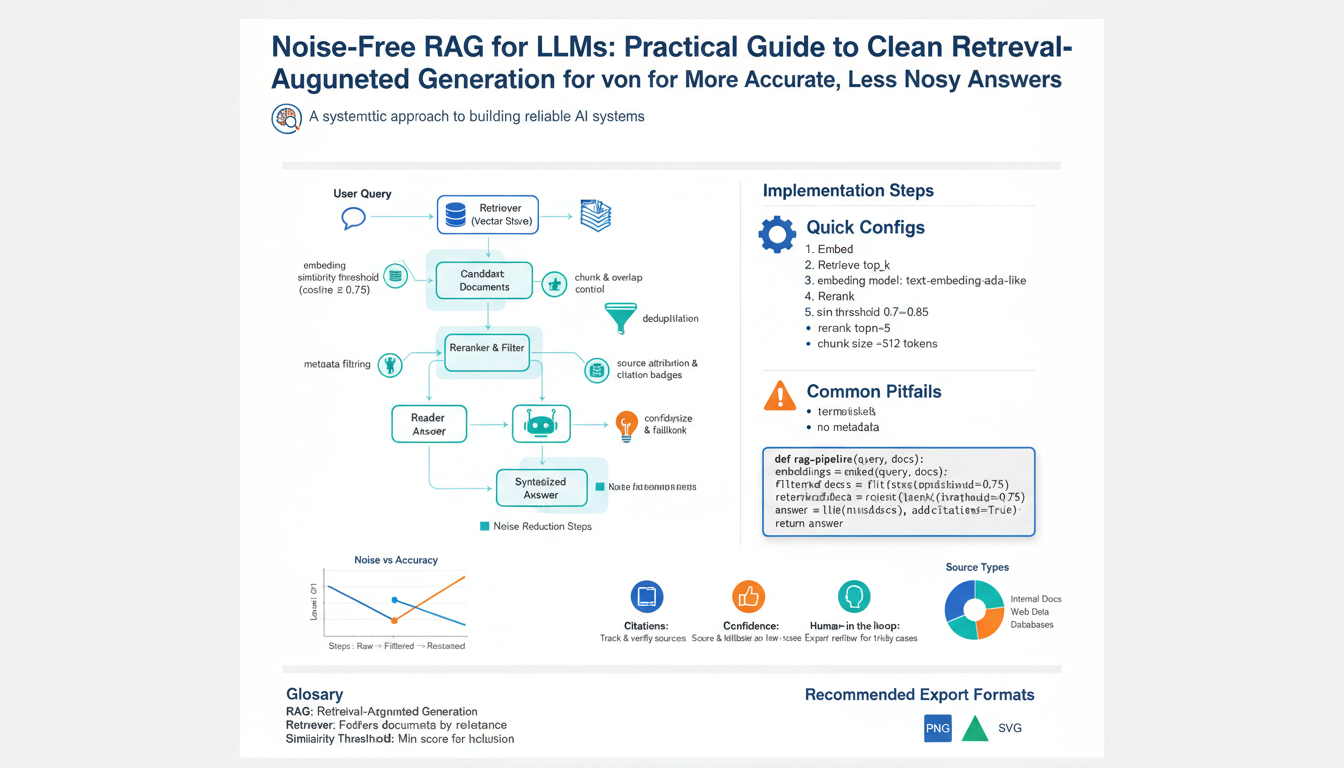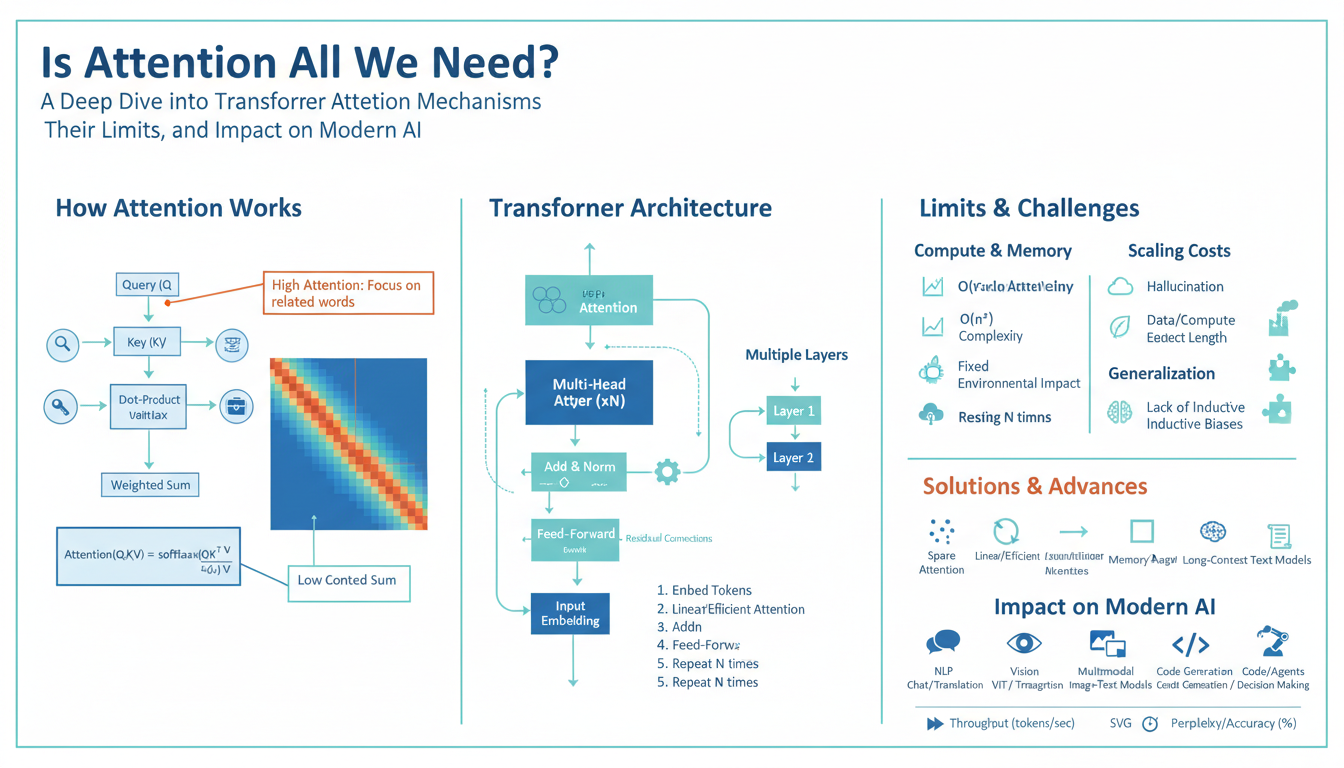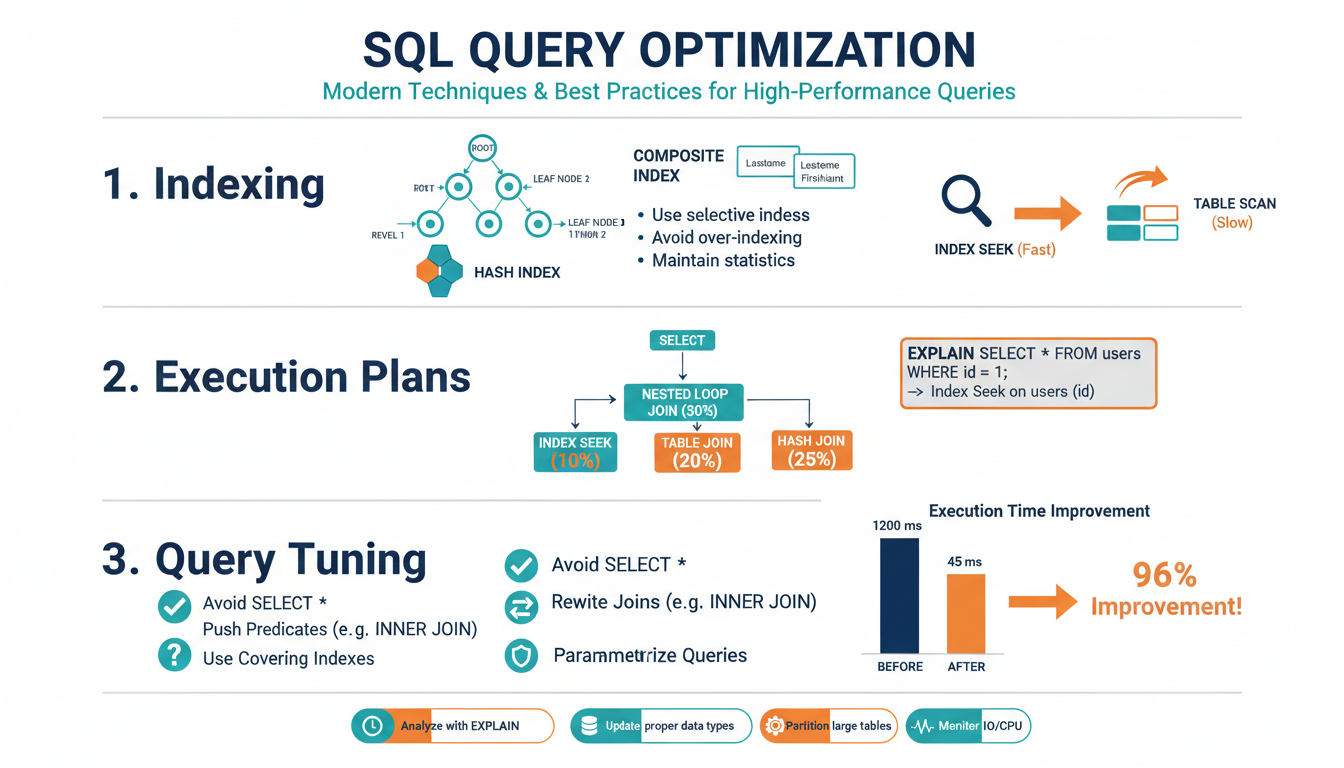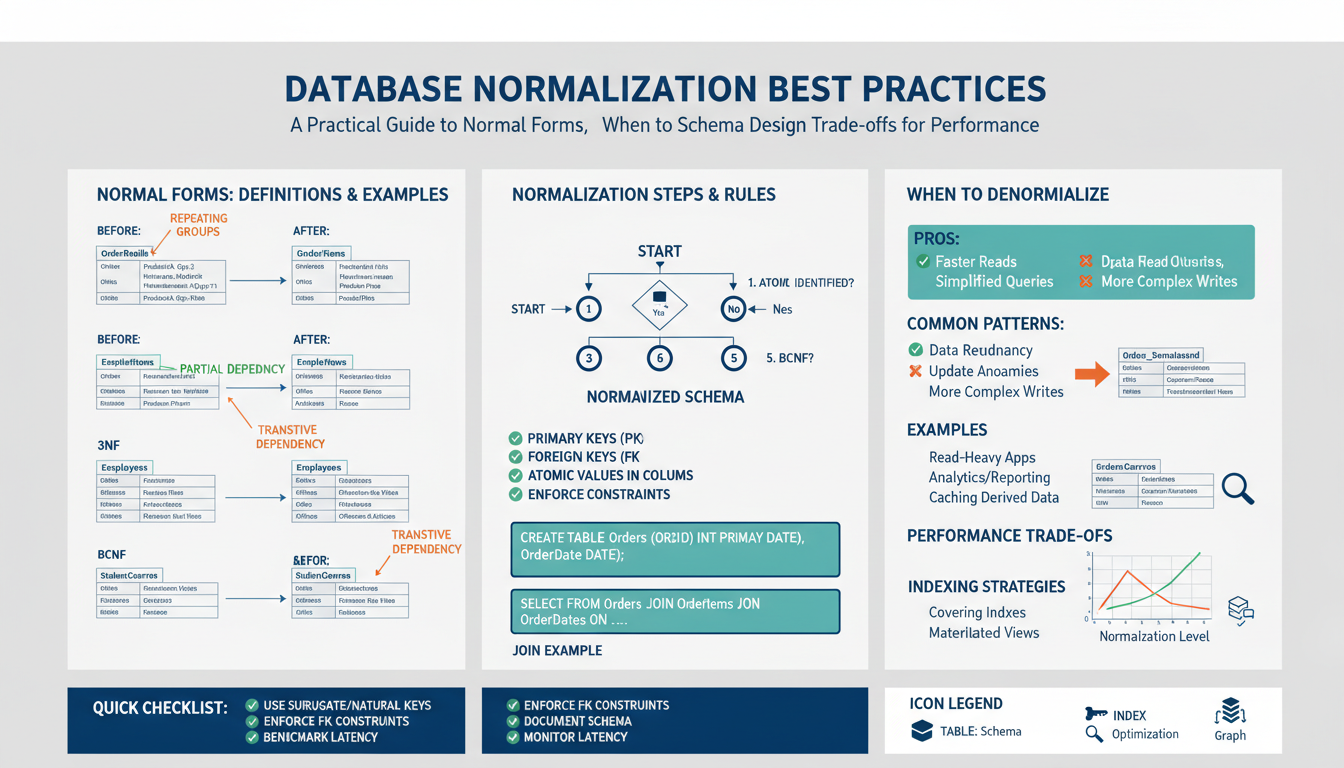The Rise of AI in Construction: Key Trends and Drivers
Artificial Intelligence (AI) is rapidly reshaping the construction industry, driven by a convergence of technologies, market demands, and digital transformation initiatives. In recent years, AI-powered solutions have surged across multiple facets of construction, revolutionizing planning, design, execution, and project management. This remarkable transformation is underpinned by several key trends and drivers, each contributing to a new era of efficiency, safety, and innovation.
Widespread Adoption of Digital Twins and Building Information Modeling (BIM)
One of the most impactful trends is the integration of digital twins and advanced Building Information Modeling (BIM) tools. These digital replicas of physical assets enable real-time monitoring, predictive analytics, and seamless collaboration among stakeholders. By incorporating AI, BIM platforms can automate clash detection, optimize construction sequences, and foresee potential delays. This reduces rework and project overruns, as evidenced by case studies from leading universities such as Harvard.
AI-Driven Project Management and Risk Mitigation
AI is transforming project management through predictive analytics, allowing project managers to anticipate risks, forecast delays, and allocate resources more efficiently. Advanced platforms aggregate data from schedules, supply chains, and on-site sensors, applying algorithms to identify patterns correlating with cost overruns or safety incidents. For example, companies like McKinsey report that AI-driven insights have reduced construction risk and improved on-time delivery rates, highlighting tangible industry benefits.
Automation and Robotics Integration
The integration of AI with robotics is streamlining repetitive and dangerous tasks, such as bricklaying, welding, and inspection. AI enables these machines to learn from their environment, adapting to changing conditions and performing more precisely than traditional machinery. These innovations not only enhance productivity but also play a crucial role in addressing labor shortages and minimizing workplace injuries. For instance, research documented by the National Institute of Standards and Technology (NIST) demonstrates how AI-powered robots and drones are improving job site safety and data collection in real time.
Smart Procurement and Supply Chain Optimization
Supply chain disruptions can derail even the most meticulously planned projects. AI platforms now analyze historical spending, current demand, and macroeconomic data to optimize procurement strategies, predict material shortages, and dynamically adapt schedules. Such advances have been outlined by the Deloitte Center for Financial Services, which noted significant reductions in construction downtime due to smarter, AI-informed procurement workflows.
The rise of AI in construction is being fueled by the convergence of big data, the Industrial Internet of Things (IIoT), and an increased focus on digital transformation. As AI-driven solutions become more sophisticated, construction firms are discovering new ways to improve efficiency, enhance safety, and unlock unprecedented value throughout the project lifecycle. For those seeking to stay competitive, understanding and harnessing these trends is not just an opportunity—it’s a necessity.
Automation in Design and Planning: BIM and Beyond
The integration of Artificial Intelligence (AI) in construction is revolutionizing the way projects are designed and planned, particularly through tools like Building Information Modeling (BIM) and advanced digital workflows. AI-powered automation is streamlining workflows, reducing costs, and enabling more precise and collaborative planning than ever before.
BIM stands at the heart of this transformation. Traditionally, construction planning involved multiple teams working with fragmented data sets across separate drawings and documents. BIM’s data-rich 3D models serve as a single source of truth, allowing stakeholders to visualize, simulate, and optimize every aspect of a building project before a single brick is laid. When AI is layered on top of BIM, the possibilities multiply exponentially. For instance, AI algorithms can analyze historical project data to predict potential clashes or risks in the design phase, dramatically decreasing the likelihood of expensive rework or delays later on. This proactive clash detection enables construction teams to resolve issues virtually, leading to more efficient construction timelines (Autodesk Redshift).
AI-driven automation also streamlines repetitive and time-consuming tasks like model quality checks and quantity takeoffs. For example, machine learning models can scan BIM files for compliance with safety regulations or company standards, flagging inconsistencies that might otherwise slip through manual processes. This not only saves time for designers and engineers but also enhances the safety and reliability of finished structures. McKinsey & Company research highlights that AI-based planning can reduce cost overruns by up to 15% (McKinsey & Company).
Furthermore, AI enables the use of generative design, allowing architects and engineers to input project parameters––such as materials, budgets, and environmental goals––and then letting algorithms propose thousands of design alternatives in a matter of hours. This means teams aren’t just automating rote work but unlocking creative new solutions that might not have been conceived manually. Generative design has led to the creation of structures that are not only more resource-efficient but also uniquely tailored to their context, as detailed in research from the American Institute of Architects.
Collaboration is another area where AI-driven BIM platforms excel. Cloud-based BIM tools enhanced with AI make real-time collaboration possible across dispersed teams and stakeholders. For complex, large-scale projects, project managers, engineers, and subcontractors can access up-to-date plans, flag issues, and communicate changes instantaneously. This minimizes miscommunication, promotes transparency, and ensures that everyone is working from the latest version of the plan.
Looking beyond BIM, AI’s role in design and planning is expanding into areas such as automated scheduling, risk assessment using predictive analytics, and integration with smart construction machinery on-site. The effect is a fundamentally smarter, more adaptive industry that’s better equipped to tackle the challenges of modern construction. These advancements are setting a new standard for project execution, quality, and sustainability, as detailed in the Deloitte Industry Report on AI in Construction.
How AI Enhances Safety and Risk Management on Site
Artificial Intelligence (AI) has become a powerful tool in enhancing safety and risk management across construction sites, offering capabilities that far exceed traditional methods. Thanks to sophisticated algorithms and real-time data processing, AI is reshaping the way risks are identified, communicated, and managed, contributing to more secure worksites and fewer accidents.
AI-driven tools leverage data from a range of sources—such as drone footage, wearables, sensors, and historical safety records—to predict potential hazards and prevent incidents before they occur. For example, computer vision algorithms analyze videos from site cameras, instantly detecting unsafe behavior like neglecting personal protective equipment (PPE) or venturing into restricted zones. If a violation is spotted, an automated alert can immediately be sent to supervisors, allowing for rapid intervention and minimizing the chance of an accident. Case studies from the McKinsey Global Institute highlight how such technologies have led to significant reductions in workplace injuries across high-risk construction environments.
Wearable AI-powered devices—such as smart helmets and vests—collect real-time biometrics and location data from workers. This data is then assessed by AI models that can identify fatigue, detect falls, or sense exposure to hazardous materials. The use of wearables, according to research published by NIOSH, has led to improved early warning systems for both immediate and cumulative risks, empowering project managers and employees to make safer choices on the job.
Risk assessment is rapidly evolving due to AI’s ability to process massive datasets and uncover patterns that would be invisible to human analysts. By analyzing project plans, weather forecasts, employee experience, and previous incident reports, AI systems can generate dynamic risk profiles for different parts of the site and phases of construction. This helps management teams prioritize resources and implement targeted mitigation measures. The Autodesk Redshift blog offers insights into how predictive analytics are being used to foresee potential safety issues and proactively address them in advance.
Beyond immediate safety, AI supports ongoing improvement through automatic reporting and insightful analytics. After a near-miss or accident, AI platforms can instantly collate relevant data, generate comprehensive reports, and suggest corrective actions based on similar events from global datasets. This learning loop helps organizations continuously refine their safety protocols. The Construction Dive portal highlights real-world applications where automated insights have driven down both incident rates and insurance costs.
In summary, by integrating AI across safety processes—hazard detection, worker monitoring, risk assessment, and reporting—the construction industry is achieving higher standards of protection for its workforce. As more companies adopt these intelligent systems, the expectation is that worksites will become not just safer, but also more productive and efficient. For those interested in paving the way for a safer construction future, further exploration can be found at resources such as ConstructConnect.
AI-Powered Project Management for Improved Efficiency
Artificial intelligence is rapidly changing the way construction projects are managed, leading to enhanced efficiency and measurable productivity gains. AI-powered project management platforms can analyze vast amounts of data in real-time, automate repetitive tasks, and offer predictive insights that enable better planning and resource allocation.
One of the most significant advantages of integrating AI into project management is the ability to accurately forecast project timelines and potential bottlenecks. For instance, machine learning algorithms can process historical project data, weather patterns, and supply chain information to predict potential delays and proactively suggest mitigations. According to a report by McKinsey, these predictive capabilities can help construction managers minimize risks, improve scheduling, and ultimately deliver projects on time and within budget.
AI also streamlines communication and collaboration among key stakeholders. Intelligent project management systems can centralize documentation, track progress, and automatically notify team members of critical changes. For example, digital assistants powered by AI can remind supervisors of upcoming deadlines, flag compliance issues, and automate daily site reports—freeing up valuable human time for higher-level decision-making. Detailed analyses on this growing trend can be found in studies by the Autodesk Redshift team.
Resource allocation and cost optimization are additional areas where AI shines. With the help of data analytics and machine learning, project managers can continuously monitor resource usage, measure project spending in real-time, and suggest cost-saving alternatives. Leading construction firms are already leveraging AI to optimize everything from materials delivery schedules to equipment maintenance, creating more agile and responsive workflows. For more on practical case studies, the Construction Dive portal offers in-depth examples.
Lastly, the use of AI-driven decision support systems enhances transparency and accountability. By logging and analyzing every action, these tools help identify inefficiencies, document best practices, and support continuous improvement. Companies embracing these technologies often experience a tangible increase in project outcomes, as AI not only highlights problems but also proposes data-driven solutions.
AI-powered project management marks a major leap forward for the construction industry, providing leaders with unmatched insights and automation. By adopting these advanced solutions, construction firms are positioned to outperform competitors and consistently exceed client expectations.
Predictive Maintenance and Equipment Optimization
Artificial intelligence is revolutionizing how construction companies handle equipment maintenance and utilization, driving efficiency across projects. With advanced sensors and real-time data analytics, AI systems continuously monitor machinery performance, helping teams predict issues before they lead to costly downtime. This predictive approach, powered by machine learning algorithms, allows for proactive scheduling of repairs and maintenance, instead of relying on routines or waiting for breakdowns.
How Predictive Maintenance Works in Construction
Predictive maintenance leverages AI-powered analytics to sift through vast amounts of data collected from equipment sensors, historical maintenance logs, and environmental conditions. Machine learning models are trained to recognize patterns correlated with wear and tear or imminent failures. For example, by interpreting anomalies in vibration signals, engine temperature, or hydraulic pressure, AI can forecast which components are likely to fail and when. This enables crews to replace parts or perform targeted servicing only when truly needed, extending equipment life and reducing unnecessary downtime.
Construction firms have already begun deploying these systems. For instance, Caterpillar uses AI-driven solutions that tap into telematics data from their machines to anticipate service needs. This helps project managers allocate resources efficiently and avoid project delays due to unforeseen equipment failures.
Steps to Implement Predictive Maintenance:
- Data Collection: Install IoT sensors on machinery to collect operational data regarding usage, temperature, vibration, and performance metrics.
- Data Analysis: Use AI platforms to process and analyze incoming data for early signs of degradation or performance drops.
- Machine Learning Modeling: Train models on historical failure and repair records to accurately identify risk factors and estimate timelines for maintenance.
- Automated Alerts: Set up automatic notifications whenever critical thresholds are surpassed, allowing maintenance teams to take swift action.
- Feedback Loops: Continuously update AI models with new data and outcomes to improve prediction accuracy over time.
According to McKinsey, leveraging predictive maintenance in construction can cut equipment downtime by up to 30% and increase machinery life by 20%, leading to substantial savings and improved project delivery.
Equipment Optimization Through AI
Beyond just maintenance, AI enhances overall equipment optimization by processing data across entire fleets to match machinery allocation with project needs in real time. AI can analyze usage patterns and project schedules, recommending when and where each piece of equipment should be deployed to maximize productivity and minimize idle time.
For example, advanced fleet management systems like those from John Deere Connected Support enable construction managers to track machinery health, usage, and location, optimizing both fuel consumption and operational efficiency.
As the industry continues to embrace these AI tools, construction sites are evolving into smarter, data-driven environments where resource utilization and uptime are maximized. This technological leap not only minimizes costs and project risk, but also supports sustainable practices by reducing unnecessary energy usage and equipment waste. For more insights into this trend, visit the Autodesk Redshift platform, which regularly analyzes the intersection of AI and efficient construction sector operations.
Revolutionizing Quality Control Through Machine Learning
The integration of machine learning into quality control processes is paving the way toward unprecedented standards in the construction sector. Traditionally, ensuring the quality of materials, workmanship, and final structures relied heavily on manual inspection and checklists, often resulting in inefficiencies and inconsistencies. With machine learning, construction firms are witnessing a digital revolution—one that enhances accuracy, improves project outcomes, and saves both time and resources.
Automated Defect Detection and Reduction in Human Error
One of the most significant breakthroughs is the use of computer vision and machine learning algorithms to automatically detect defects in real-time. Cameras and drones equipped with advanced image recognition software developed by research institutions like MIT can scan construction sites, flagging issues such as surface cracks, misaligned beams, or incomplete welds.
- Step 1: Cameras collect high-resolution images or videos from various parts of a construction site.
- Step 2: Machine learning algorithms, trained on thousands of defect images, analyze the captured data.
- Step 3: Suspected defects are instantly flagged for human review or further automated analysis, drastically reducing inspection time and minimizing oversight compared to manual review alone.
This approach not only improves consistency but also allows construction teams to address potential issues early, preventing costly rework and ensuring projects meet exacting standards.
Predictive Maintenance for Equipment Longevity
Another game-changer is the ability of machine learning to predict when machinery or infrastructure components might fail. By continuously analyzing sensor data from heavy equipment, AI systems can spot subtle patterns that indicate impending malfunctions long before they cause downtime. According to research by McKinsey & Company, this predictive maintenance strategy not only extends equipment service life but also improves safety and reduces unexpected project delays.
Data-Driven Decision Making and Continuous Learning
Machine learning thrives on data. Each project contributes new insights, enabling systems to become more accurate over time. As more companies adopt AI-powered inspection and quality control processes, the collective industry knowledge grows. This ongoing data enrichment leads to more robust and nuanced models capable of addressing diverse construction scenarios—whether it’s adapting to new materials, architectural trends, or regulatory requirements.
Case Study: Building with Confidence
Projects like the development of smart cities in Singapore showcase how combining Internet of Things (IoT) devices and AI-driven quality control enables real-time monitoring and adjustment, creating a feedback loop of constant improvement. These systems empower project managers to make informed decisions backed by live analytics, reducing risks and ensuring compliance at every construction phase.
By embracing machine learning, the construction industry is entering a new era of precision, efficiency, and reliability. As quality control becomes smarter, stakeholders—from architects and engineers to investors—gain confidence that their projects are built to withstand the demands of tomorrow’s world. For more on AI’s applications in quality control, visit authoritative resources like ScienceDirect’s journal on automation in construction or explore technology case studies from leading firms.



